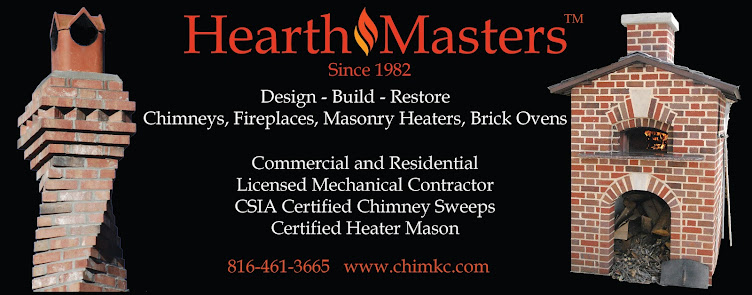 |
| House fire caused by flammable creosote and improper construction |
Since all wood creates creosote, including dry hardwoods, creosote is impossible to avoid when burning wood in a fireplace, wood-burning stove, circulating fireplace, or stove insert.
Creosote can only be removed by brushing the flue and chamber out with wire or poly brushes that are made especially for this purpose. Professional chimney sweeps know what size and type of brush to use for the type of flue system installed. There are many different types of venting systems, so knowing how to properly maintain each type is critical.
In a masonry chimney with a wood-burning fireplace the most common type of flue system is made out of vitreous clay tile, and the smoke chamber is usually made out of brick, stone, or block. This type of venting system accumulates more creosote than a stainless steel flue liner does because it is more porous.
Stainless steel flue liners don't accumulate as much creosote if they are properly insulated and installed correctly, but can be damaged by a chimney fire so maintenance is necessary.
Smoke chambers that are not parge coated with insulating mortar per IRC Code requirements allow more creosote accumulation due to their rough surfaces and corbels which decrease the flow of smoke and tar vapours.
The National Fire Protection Association and the National Chimney Sweep Guild recommend that creosote be removed after 1/8" accumulation on flue walls.
 |
| Gene Padgitt Sweeping a masonry chimney |
A chimney fire occurs when a spark ignites the flammable creosote, usually in the smoke chamber just above the damper, and flame may spread through the remaining fuel source (creosote) on the flue walls.
 |
| Stage 3 Creosote on flue walls |
 |
| Burnt creosote that has been on fire |
In either case, the damage must be repaired, or parts replaced before further use because the system is no longer functional if it has damages.
Unfortunately, most chimney fire damage is found only during inspection of the system during routine chimney cleaning/inspection maintenance by a professional chimney sweep. Most chimney fires go unnoticed by homeowners when the fire occurs because they either don't recognize the whoosh of air and increased draft during a chimney fire, or are out of the room when it occurs and the fires goes out before they return.
 |
| Burnt, honeycomb creosote that has been burned in a chimney fire |
 |
| chimney inspection with a Chim-Scan Camera |
The only way to know if the flue system has damages is to sweep it first to remove creosote, then run a special chimney camera through the chamber and flue. Photos may be taken with this type of camera. If damages are found, do not use the appliance until it is properly repaired by a professional chimney contractor.
 |
| Break in clay tile flue liner |
www.chimkc.com
816-461-3665










